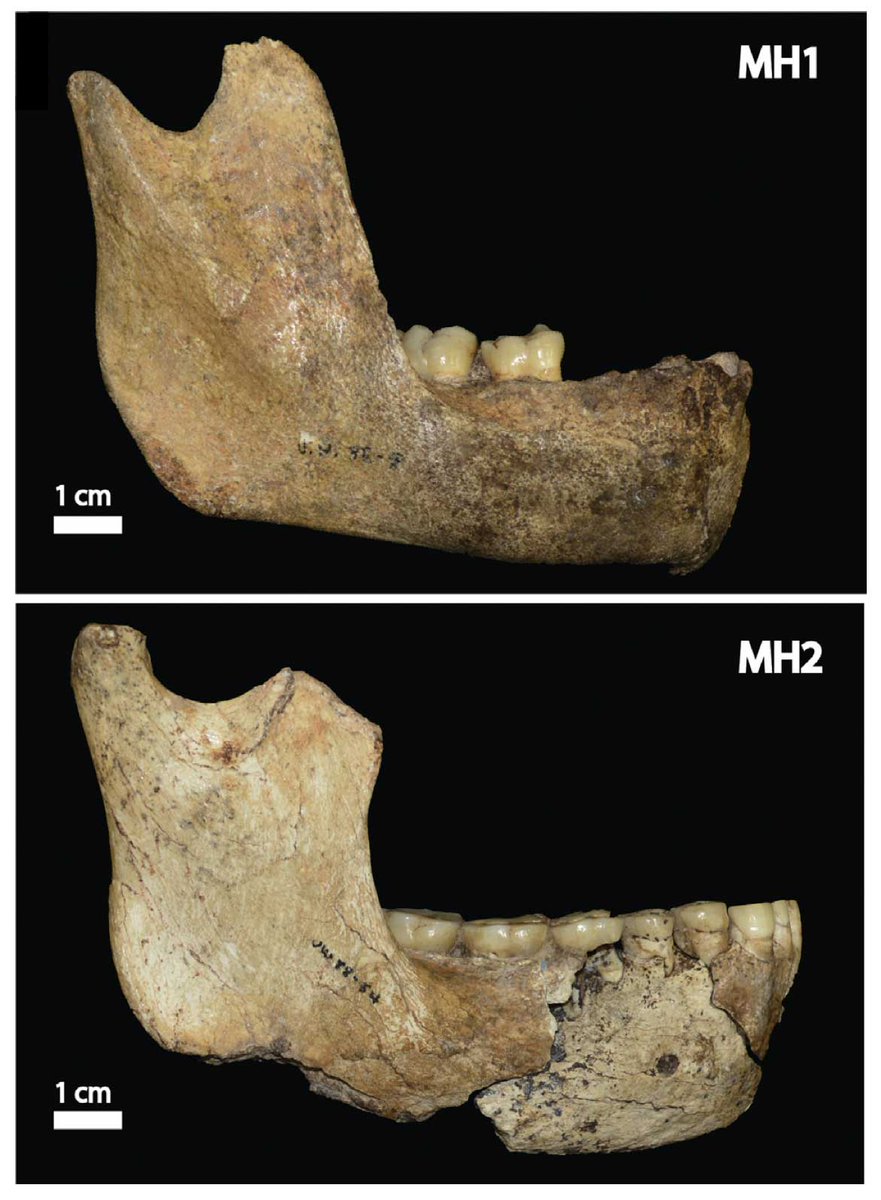
Anthropologists of the 1990s often did pygmy marmoset-to-gorilla regressions across primates to "predict" all kinds of things about extinct hominins. We don't teach this anymore, but the resulting myths are tenacious. One of those is "Dunbar's number". royalsocietypublishing.org/doi/10.1098/rs…
The idea was that brain size limits the number of social relationships you can have. Dunbar took a cross-primate regression of group size and brain size, and plotted humans. He surmised that the human brain should max out at around 150 social relationships. This isn't right.
Psychologists ran with this idea, trying to find all kinds of ways that 150 might make sense. But people are pretty variable in how they apportion their social lives. That didn't stop Silicon Valley types from encoding "Dunbar's number" into their social media worldview.
A new paper by @p_lindenfors in @BiologyLetters "deconstructs" the real problem: Mouse-to-elephant regressions are *really bad* at making predictions about individual species. When you look at variation across six orders of magnitude, you don't get small prediction errors!
Looking at "group size" in this way, you could say humans are limited to group sizes as small as 4. Or as big as 520! The high end is way outside the range of group sizes in the primate input data, so the "prediction" has no predictive value.
Is there a limit to how many social relationships a person can manage? I think we all know that neither time nor memory are infinite! But also, people differ enormously for many reasons, and cultures impose constraints or facilitate social relationships in varied ways.
• • •
Missing some Tweet in this thread? You can try to
force a refresh










